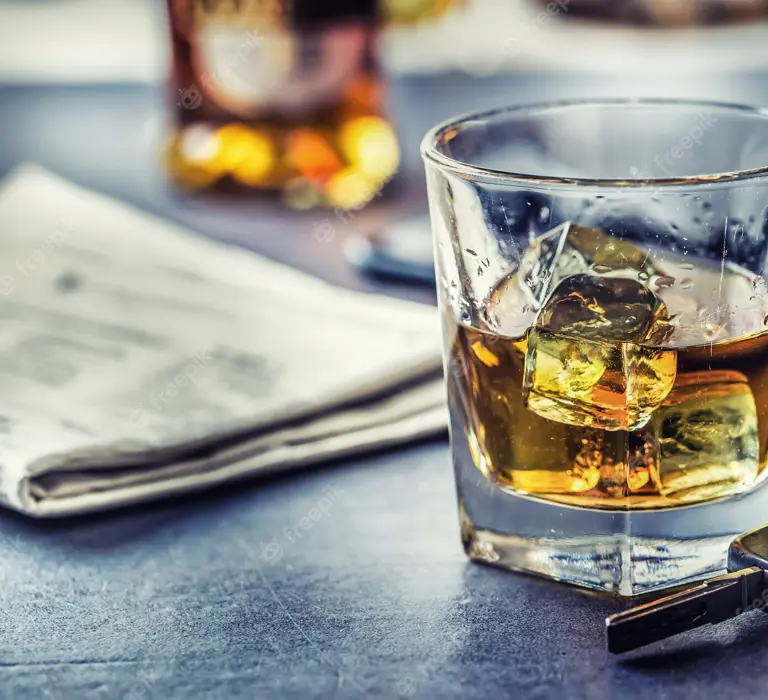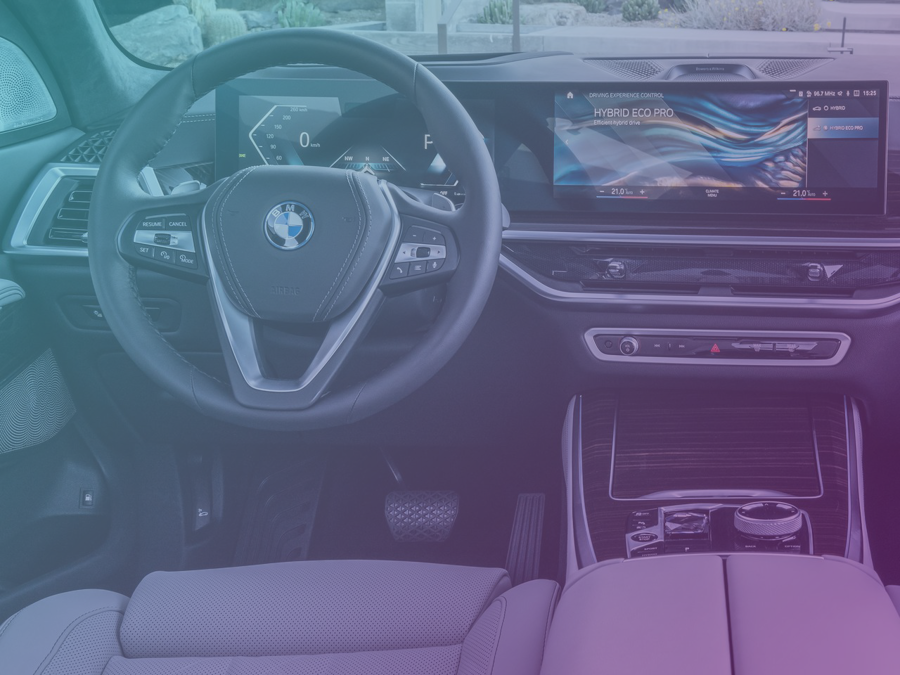As a responsible driver, it is essential to understand the concept of alcohol limits and how they affect us. One question that many people ask is whether they can drive after just one pint of beer. In this article, we will explore the factors that affect alcohol tolerance, the number of units in one pint of beer, and the legal alcohol limit for driving. We will also discuss how long it takes for alcohol to leave your system and provide tips for staying within your alcohol limit.
Introduction to Alcohol Limits
Alcohol limits refer to the maximum amount of alcohol that a person can consume without experiencing significant impairment. The limits vary depending on the individual's weight, age, gender, and other factors, such as the type of alcohol consumed. It is crucial to understand these limits to avoid driving under the influence of alcohol.
Understanding the Concept of "One Pint"
A pint of beer contains approximately 2.3 units of alcohol. This amount of alcohol can affect individuals differently, depending on various factors such as weight, gender, and metabolism. Some individuals may feel the effects of one pint, while others may not.
Factors That Affect Alcohol Tolerance
Alcohol tolerance varies from person to person and is influenced by various factors. These include age, weight, gender, genetics, medications, and health conditions. Younger individuals and those with lower body weight tend to have lower alcohol tolerance than older individuals and those with higher body weight. Women also tend to have lower alcohol tolerance than men due to differences in body composition and metabolism.
How Many Units Are in One Pint of Beer?
As mentioned earlier, one pint of beer contains approximately 2.3 units of alcohol. Other alcoholic beverages have varying amounts of alcohol per unit, such as wine, which contains 1-2 units per glass, and spirits, which contain 1 unit per shot. It is essential to know the number of units in your drinks to keep track of your alcohol consumption.
Am I Over the Limit After Just One Pint?
The legal alcohol limit for driving in the UK is 80 milligrams of alcohol per 100 millilitres of blood or 35 micrograms of alcohol per 100 millilitres of breath. It is not possible to determine whether you are over the limit after just one pint of beer. The amount of alcohol in your system depends on various factors, such as your weight, metabolism, and strength of the beer. It is always safer to avoid driving after drinking any amount of alcohol.
The Legal Alcohol Limit for Driving
As mentioned earlier, the legal alcohol limit for driving in the UK is 80 milligrams of alcohol per 100 millilitres of blood, or 35 micrograms of alcohol per 100 millilitres of breath. It is essential to understand the legal limit to avoid facing legal consequences, such as fines, license suspension, or even imprisonment.
How Long Does It Take for Alcohol to Leave Your System?
Alcohol leaves the body at a rate of approximately one unit per hour. Therefore, if you have consumed one pint of beer, it will take approximately 2-3 hours for the alcohol to leave your system. However, the rate at which alcohol leaves your system can vary depending on various factors, such as age, weight, gender, and metabolism. It is always safer to wait until you are sure that the alcohol has left your system before driving.
Tips for Staying Within Your Alcohol Limit
To stay within your alcohol limit, it is essential to take some precautions. These include:
- Eating before drinking to slow down the absorption of alcohol into the bloodstream
- Drinking water or other non-alcoholic beverages between alcoholic drinks to stay hydrated
- Avoiding drinks with high alcohol content
- Planning ahead and arranging for alternative transportation, such as a designated driver, taxi, or public transportation
Recognizing the Signs of Alcohol Impairment
It is essential to recognize the signs of alcohol impairment to avoid driving under the influence. These signs include:
- Slurred speech
- Impaired balance and coordination
- Blurred vision
- Impaired judgment and decision-making
- Drowsiness or fatigue
Drinking Responsibly and Staying Safe
In conclusion, it is not advisable to drive after drinking any amount of alcohol, as even one pint of beer can affect individuals differently depending on various factors. It is essential to understand your alcohol limits, the legal alcohol limit for driving, and the signs of alcohol impairment to avoid putting yourself and others at risk. Always drink responsibly and arrange for alternative transportation if you plan to drink. Remember, safety comes first.
Drink responsibly and stay safe. If you plan to drink, NEVER DRIVE and arrange for alternative transportation.
IMPORTANT: The information provided in this blog post is for educational and informational purposes only. It is not intended to be legal or medical advice, and should not be relied upon as such. The laws and regulations regarding alcohol limits when driving vary by country and are subject to change. It is important to always consult with a qualified legal or medical professional regarding your specific situation. The author and publisher of this blog post disclaim any liability for any damages or losses arising from the use or reliance on the information provided. It is ultimately the responsibility of the reader to comply with all applicable laws and regulations.



